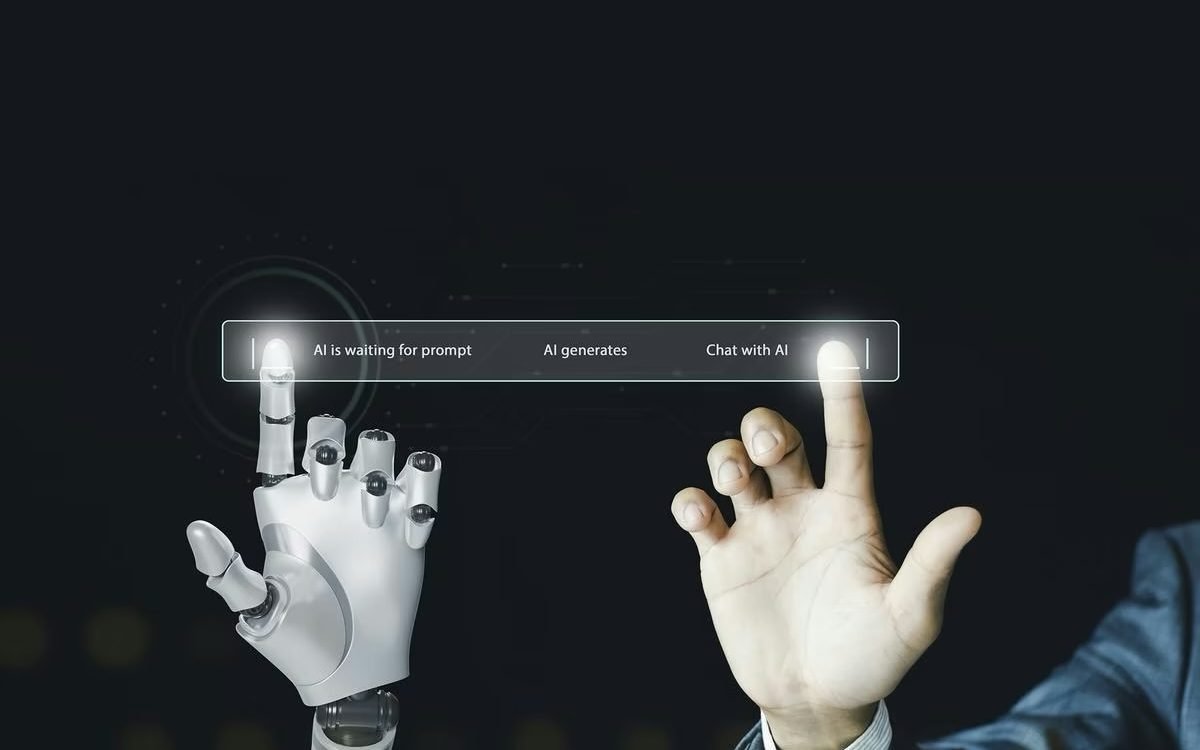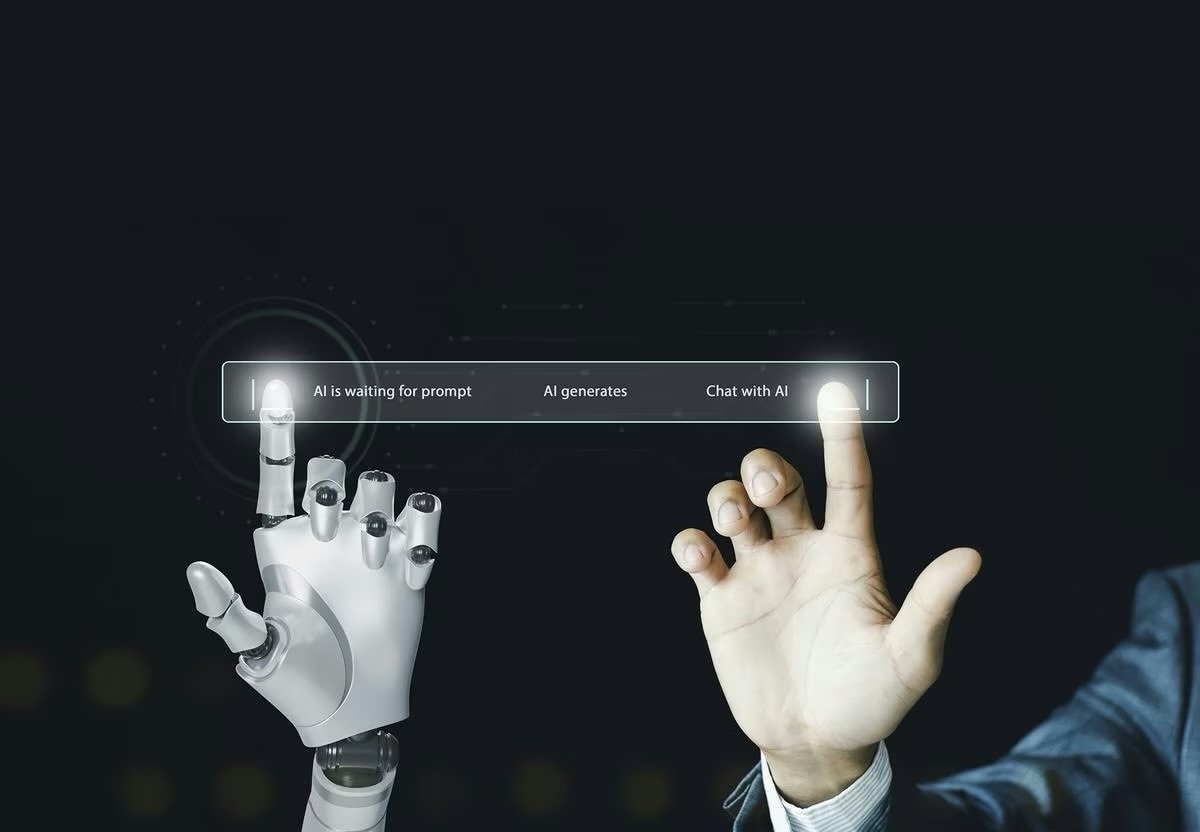Bengaluru, long celebrated as the Silicon Valley of India, is now evolving into the country’s Artificial Intelligence capital. With over a lakh AI professionals calling the city home, the momentum around machine learning, data science, natural language processing, and generative AI is undeniably at its peak. Yet, amidst the celebration of technological advancement and economic potential, a growing anxiety surrounds the impact of AI on human jobs.
In a proactive move to address these rising concerns, the Karnataka Department of Information Technology and Biotechnology has launched a state-wide survey aimed at understanding how AI is reshaping the workforce. This initiative highlights a rare but necessary instance of government foresight—an attempt to balance technological progress with social equity.
⸻
Bengaluru’s AI Surge: A Double-Edged Sword
According to data from NASSCOM and global hiring platforms, Bengaluru currently employs more than 1,00,000 AI professionals. These include specialists in:
Machine Learning & Deep Learning AI Research and Development Robotics and Process Automation Data Science & Advanced Analytics Natural Language Processing (NLP) AI-Powered Software Engineering
Major global tech giants like Google, Microsoft, IBM, Amazon, and Infosys have expanded their AI labs in the city. Startups too, particularly those in fintech, edtech, and healthtech, are integrating AI-driven solutions in operations, customer engagement, and innovation pipelines.
The AI economy in Bengaluru is now estimated to be contributing over ₹12,000 crore annually, according to a 2024 report by Zinnov and Tracxn.
However, behind this growth lies a pressing challenge: workforce displacement.
⸻
The Growing Concern: Will AI Take Away Jobs?
AI adoption is undeniably accelerating, but with it, job polarisation is becoming evident. Certain roles—particularly those that involve routine, rule-based tasks—are increasingly being automated. These include:
Entry-level coding and testing Data entry and back-end operations Basic customer service (now handled by AI chatbots) Report generation and administrative tasks
According to a study by McKinsey Global Institute, by 2030, up to 30% of work hours in India could be automated with existing technologies. In the Bengaluru context, that could mean thousands of mid- to low-skill tech roles being rendered obsolete.
Conversely, new jobs are being created, especially in the areas of AI ethics, prompt engineering, AI model training, cloud computing, and cybersecurity. But these roles often demand higher skill sets, leaving a gap for existing professionals whose jobs may be threatened but who lack the resources or knowledge to upskill quickly.
⸻
Karnataka’s AI Impact Survey: What It Aims to Uncover
Understanding the scale and nuance of these changes is the primary motivation behind the AI Workforce Impact Survey, launched in early 2025. The initiative, spearheaded by the Department of IT and BT under the Karnataka Innovation and Technology Society (KITS), focuses on:
Mapping sectors and roles most vulnerable to automation. Identifying new job roles emerging due to AI adoption. Assessing the skill gap between current workforce capabilities and future demands. Gathering employee sentiment on job security, upskilling needs, and organizational support.
The survey covers stakeholders across tech firms, manufacturing units, educational institutions, public sector organizations, and startups, creating a comprehensive view of the AI-human workforce dynamic.
⸻
Why This Survey Matters: A Policy Turning Point
This initiative by Karnataka is one of the first state-level assessments of AI’s social and economic impact in India. While the Centre has released frameworks for responsible AI and digital transformation, states have lagged in granular workforce-focused evaluations.
The results from this survey are expected to inform key decisions:
Workforce reskilling programs, in partnership with companies and academic institutions. Revised curriculum guidelines for engineering and technical colleges to focus on AI-readiness. Funding schemes for AI-related startups that commit to inclusive employment practices. Job assurance and mobility programs for those displaced due to automation.
⸻
Lessons from the World: Global AI Impact Policies
Karnataka’s step mirrors policies from other leading AI geographies. For example:
Singapore has created a national AI strategy backed by large-scale reskilling of mid-career professionals. Germany is funding AI training programs under its “Work 4.0” initiative. The U.S. Department of Labor is funding AI and cybersecurity apprenticeships to fill emerging skill gaps.
These models suggest that AI job disruption is not inevitable, but managing it requires intentional governance, public-private partnerships, and timely intervention—a vision Karnataka seems keen to embrace.
⸻
The Future of AI Employment: What Bengaluru Needs
To sustain its AI leadership while safeguarding its people, Bengaluru must focus on:
Upskilling at scale: Partnering with platforms like Coursera, Skill India, and NPTEL to make AI education accessible. Inclusive AI transition: Ensuring women, non-tech professionals, and economically weaker sections aren’t left behind. Tech-driven policy making: Using real-time analytics from the survey to update labor and education policies dynamically. Encouraging responsible AI: Promoting startups and corporations that build AI tools with transparency, ethical use, and human augmentation in mind.
⸻
Bengaluru’s AI journey is at a crossroads. On one hand, it has the potential to become the AI capital of Asia, driving innovation and economic growth. On the other, it faces the real threat of workforce alienation if the transition is not human-centric.
The Karnataka government’s AI Workforce Impact Survey is more than just data collection—it is a signal that India’s tech state is willing to plan for disruption, not just profit from it. If implemented with vision and empathy, this move could serve as a blueprint for other states—and nations—to follow.
The future of work is not about man vs. machine. It’s about humans and AI growing together, with policy as the bridge.






